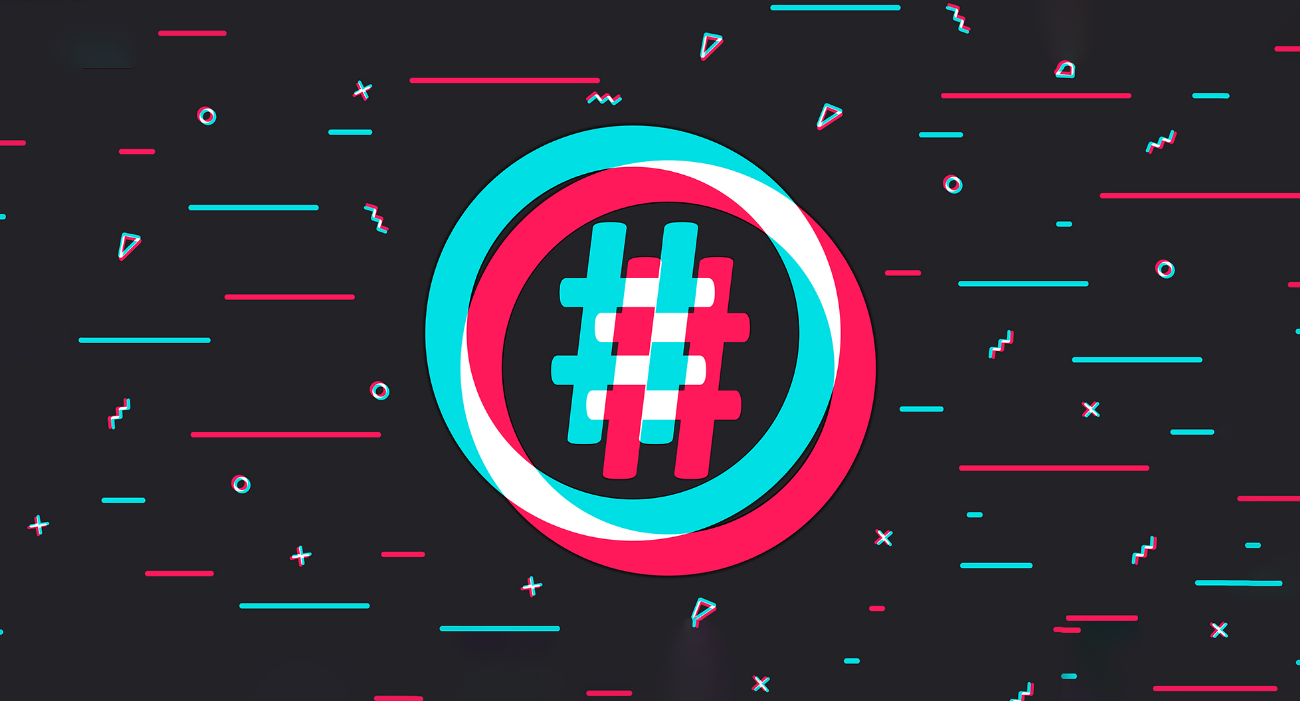
EVOLUTION AND CHALLENGES OF INFLUENCER MARKETING IN ITALY
In collaboration with Kolsquare
The Italian luxury and fashion industry has been a pioneer in influencer marketing, setting global trends. However, the scandal involving Chiara Ferragni a year ago sparked discussions about regulation and led brands to adopt a more cautious and selective approach to influencer partnerships.
In this exclusive interview, Raffaella Pierpaoli, Head of Content & Social at Intarget, explains the challenges and opportunities for brands and analyzes the main influencer marketing trends in Italy.
How is influencer marketing evolving, and what are the challenges in Italy?
The influencer marketing sector in Italy is still growing rapidly. Luxury fashion paved the way years ago, but today, companies from other industries are also recognizing its value. Many brands that were initially hesitant are now ramping up their efforts and integrating creators into their strategies.
Companies that were already using influencer marketing are now reassessing their approach after the Chiara Ferragni scandal. Many are shifting from collaborations with star influencers to niche ones, prioritizing quality over quantity. This change is mainly driven by concerns about brand reputation and the need to align influencers with brand values.
Download the report: “Influencer Marketing Study in Europe 2024”
Are companies approaching influencer marketing aware of the importance of data?
Brands entering influencer marketing for the first time often expect results similar to other digital activities like advertising, where metrics and KPIs are highly predictable. Many would like “guaranteed” metrics, such as cost per impression (CPI), even for purely organic campaigns.
Such predictions are possible for platforms like Instagram, while on TikTok, it is much more complex due to the algorithm and user behavior. Educating clients on these differences is a fundamental part of the work agencies like ours do.
How is the agency landscape evolving in Italy?
The current Italian market consists of various types of agencies:
- Traditional PR agencies: Predominantly active in the fashion and luxury sectors, they work more with celebrities than niche influencers.
- Influencer marketing agencies: Highly data-driven, they focus on performance and often collaborate with rosters of young influencers.
- Talent agencies: Identify and represent talents, facilitating collaborations with hard-to-reach influencers.
- Integrated agencies (like Intarget): Combine influencer marketing with broader digital strategies, aligning campaigns with advertising, SEO, and data analytics. This approach ensures that influencer marketing contributes to overall business objectives.
Are companies recognizing the strategic role of influencer marketing?
While brands increasingly acknowledge the strategic value of influencer marketing, many struggle to integrate it into their corporate marketing plans. Isolated approaches limit the potential impact. Agencies like ours add value by aligning influencer marketing with clients’ digital objectives. However, this requires an internal cultural shift, greater transparency, and collaboration.
Want an influencer marketing project aligned with your business goals? Contact us
What do you think of the AGCOM regulation on influencers after Chiara Ferragni’s “Pandoro Gate”?
AGCOM’s proposal aims to increase transparency and accountability. To develop appropriate regulations, AGCOM has convened specialized teams, including Intarget through IAB (Interactive Advertising Bureau). The key points of interest are:
- The Law: The entire regulation on audiovisual media services now also applies to professional influencers. However, some provisions, including those related to advertising transparency and child protection, apply to all influencers.
- The Ethical Code: Reinforces the law’s principles and introduces specific obligations, such as:
- Child Protection: Ban on harmful content and mandatory disclosure of filters that alter reality perception.
- Transparency: Mandatory labeling of paid partnerships.
Experienced influencers are aware of these rules, but awareness still needs to grow among micro-influencers. I would have preferred that the rules were applied uniformly from the start to ensure greater accountability and a healthier digital environment.
Download the report: “Influencer Marketing Study in Europe 2024”
Which platforms are the most effective for influencer marketing in Italy?
The choice of platform depends on the target audience, but data confirms that:
- Instagram remains dominant due to its broad demographic reach and algorithm stability.
- TikTok is rapidly growing thanks to its dynamic content style and the introduction of TikTok Shop.
- Facebook is still used for the over-40 audience, particularly for campaigns targeting families or mature consumers.
What trends will shape the Italian market in 2025?
- Greater emphasis on authenticity: Brands will select influencers more aligned with their values.
- TikTok Shop: Will require brands to adopt a different approach in collaborating with creators.
- Stricter regulations: AGCOM guidelines will lead to increased transparency and accountability.
- Platform evolution: Instagram and TikTok will introduce tools to improve compliance and campaign effectiveness.
Conclusion: Influencer Marketing is Evolving
Influencer marketing in Italy is changing. Brands must navigate the challenge of maximizing campaign impact while adhering to new ethical and regulatory standards. To succeed, they must focus on high-quality partnerships, integrated strategies, and regulatory compliance.
Want an influencer marketing project aligned with your business goals? Contact us
Studio sull’Influencer Marketing in Europa 2024
Le aziende che si avvicinano all’influencer marketing sono consapevoli dell’importanza dei dati?
I brand che si avvicinano per la prima volta all’influencer marketing spesso si aspettano risultati simili ad altre attività digitali come la pubblicità, dove metriche e KPI sono altamente prevedibili. Molti vorrebbero avere metriche “garantite”, come il costo per impressione (CPI), anche per campagne puramente organiche.
Previsioni di questo tipo sono possibili per piattaforme come Instagram, mentre su TikTok è molto più complicato per via dell’algoritmo e del comportamento degli utenti. Educare i clienti su queste differenze è una parte fondamentale del lavoro di agenzie come la nostra.
Come si sta sviluppando il panorama delle agenzie in Italia?
Il mercato italiano attuale è formato da diverse tipologie di agenzie:
- Agenzie di PR tradizionali: predominanti nel settore moda e lusso, collaborano più con celebrità che con influencer di nicchia.
- Agenzie specializzate in influencer marketing: altamente orientate ai dati, si concentrano sulle performance e spesso collaborano con roster di giovani influencer.
- Agenzie di talenti: individuano e rappresentano i talenti, facilitando le collaborazioni con influencer difficilmente accessibili.
- Agenzie integrate (come Intarget): combinano influencer marketing con strategie digitali più ampie, allineando le campagne con pubblicità, SEO e analisi dati. Questo approccio garantisce che l’influencer marketing contribuisca agli obiettivi aziendali generali.
Le aziende stanno riconoscendo il ruolo strategico dell’influencer marketing?
Sebbene i brand riconoscano sempre più il valore strategico dell’influencer marketing, molti faticano a integrarlo nei piani di marketing aziendali. Gli approcci isolati limitano il potenziale impatto. Agenzie come la nostra offrono un valore aggiunto nel riuscire ad allineare l’influencer marketing agli obiettivi digitali dei clienti, anche se questo richiede un cambiamento culturale interno, maggiore trasparenza e collaborazione.
Vuoi un progetto di influencer marketing coerente con i tuoi obiettivi di business? Contattaci
Cosa ne pensi del regolamento AGCOM sugli influencer dopo il “Pandoro Gate” di Chiara Ferragni?
La proposta dell’AGCOM mira ad aumentare trasparenza e responsabilità. Per creare una regolamentazione adeguata, l’AGCOM ha convocato team specializzati, tra cui Intarget tramite lo IAB (Interactive Advertising Bureau). I principali punti di interesse sono:
- La legge: l’intera normativa sui servizi di media audiovisivi si applica ora anche agli influencer professionisti. Tuttavia, alcune disposizioni, tra cui quelle relative alla trasparenza della pubblicità e alla tutela dei minori, si applicano a tutti gli influencer.
- Il Codice Etico: rinforza i principi della legge e introduce obblighi specifici come:
- Protezione dei minori: divieto di contenuti dannosi e obbligo di dichiarare l’uso di filtri che alterano la percezione della realtà.
- Trasparenza: obbligo di etichettare chiaramente le partnership a pagamento.
Gli influencer più esperti conoscono queste regole, ma la loro consapevolezza deve ancora aumentare tra i micro-influencer. Avrei preferito che le norme fossero applicate in modo uniforme sin dall’inizio, per garantire maggiore responsabilità e un ambiente digitale più sano.
Quali sono le piattaforme più efficaci per l’influencer marketing in Italia?
La scelta della piattaforma dipende dal target, ma i dati confermano che:
- Instagram resta dominante per la sua ampia copertura demografica e la stabilità dell’algoritmo.
- TikTok è in forte crescita grazie allo stile dinamico dei contenuti e all’arrivo del TikTok Shop.
- Facebook è ancora utilizzato per il target over 40, soprattutto per campagne rivolte a famiglie o consumatori maturi.
Quali tendenze caratterizzeranno il mercato italiano nel 2025?
- Maggiore enfasi sull’autenticità: i brand selezioneranno influencer più in linea con i propri valori.
- TikTok Shop: richiederà ai brand un diverso approccio nella collaborazione con i creators.
- Normative più stringenti: le linee guida dell’AGCOM porteranno a maggiore trasparenza e responsabilità.
- Evoluzione delle piattaforme: Instagram e TikTok introdurranno strumenti per migliorare la conformità e l’efficacia delle campagne.
Conclusione: l’Influencer Marketing sta evolvendo
L’influencer marketing in Italia sta cambiando. I brand devono affrontare la sfida di massimizzare l’impatto delle campagne rispettando i nuovi standard etici e normativi. Per avere successo, sarà fondamentale puntare su qualità dei partner, strategie integrate e rispetto delle normative.






